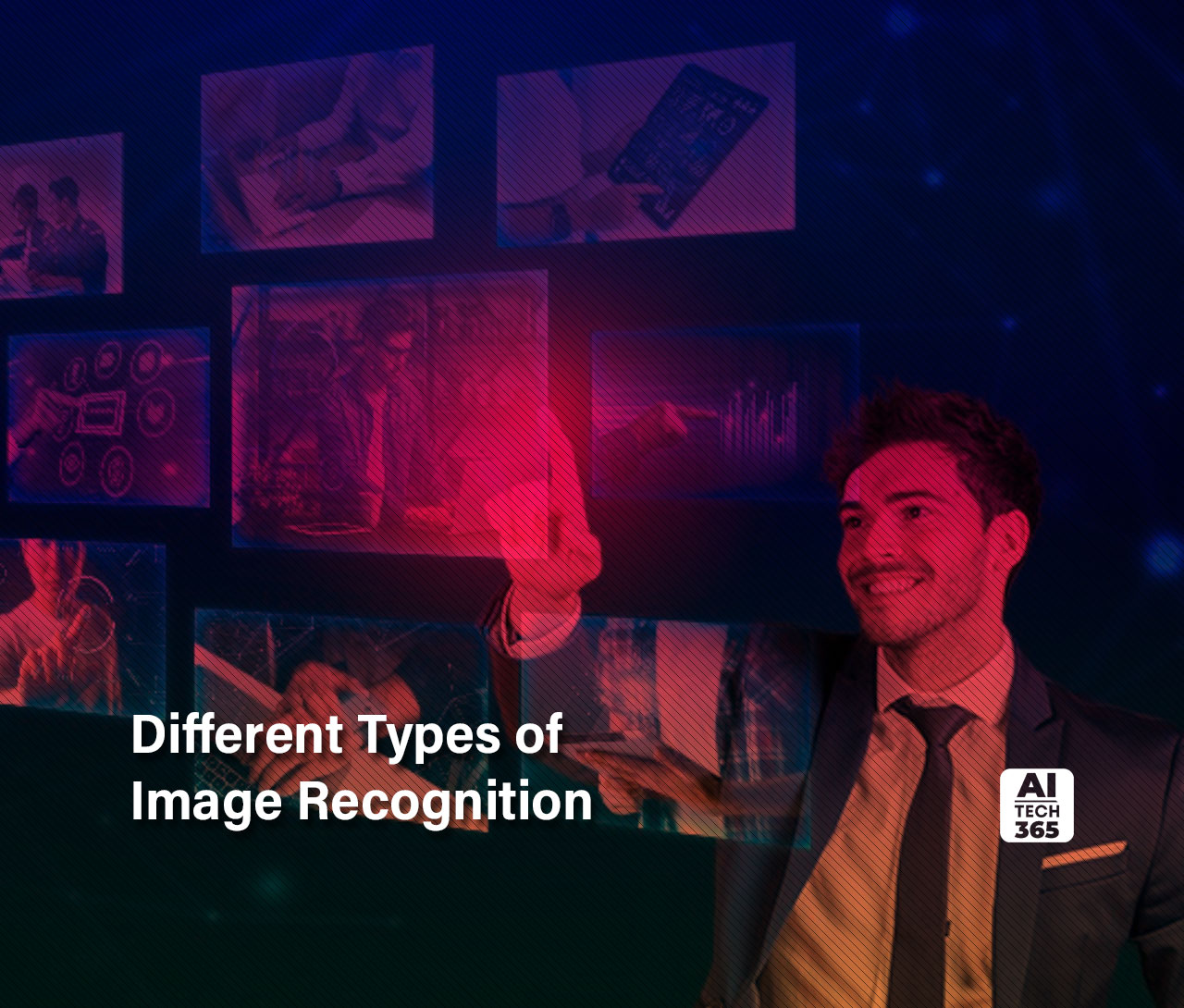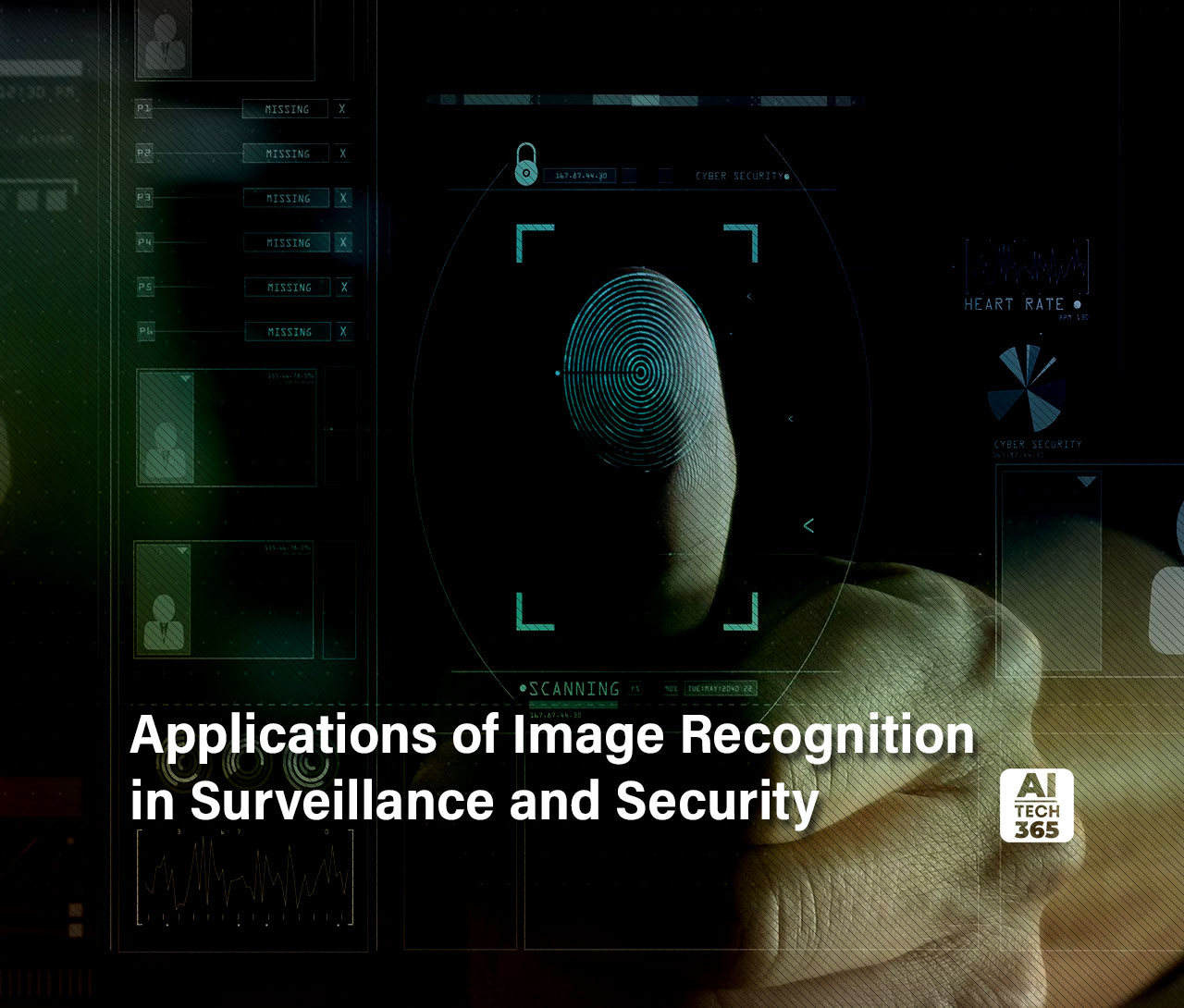Computer vision is like teaching computers to understand pictures. One important job it does is recognizing what’s in a picture, and putting things into categories.
Humans are naturally great at this because when we look at something, we not only identify what’s in it, but we also understand the context and relate different things. However, for computers, this is a big challenge that needs a lot of processing power. Despite this, the global market for image recognition is estimated to reach $10.53 billion in revenue by the end of the year.
Now, let’s dig into why image recognition technology is catching on and how it actually works.
What is Image Recognition?
Image recognition, part of machine vision, refers to software’s ability to identify objects, places, people, writing, and actions in digital images. Computers use machine vision with a camera and artificial intelligence (AI) software for image recognition.
How Does Image Recognition Work?
While animals and humans effortlessly recognize objects, computers find this task challenging. There are various ways to process images, including deep learning and machine learning models, chosen based on the specific use case. For instance, deep learning techniques are often employed for complex issues like worker safety in industrial automation or for detecting cancer in medical research.
Typically, image recognition involves constructing deep neural networks that analyze each pixel in an image. These networks are trained by exposing them to as many labeled images as possible, teaching them to recognize similar images.
Here’s a breakdown of the three main steps in this process:
- Gathering Data Set: Collect a dataset with labeled images, like labeling a dog image as “dog” or something people recognize.
- Training the Neural Network: The neural network is fed and trained on these labeled images. Convolutional neural network processors, particularly effective in detecting significant features without human supervision, are commonly used for this purpose. These networks consist of multiple perceptron layers, convolutional layers, and pooling layers.
- Making Predictions: Introduce an image into the system that’s not in the training set to obtain predictions. The trained neural network can then identify and categorize objects within the new image.
Image recognition algorithms analyze three-dimensional models and perspectives using edge detection. They are often trained through guided machine learning on millions of labeled images.
Different Types of Image Recognition
 There are three main ways to train image recognition systems: supervised learning, unsupervised learning, and self-supervised learning. The key difference lies in how the training data is labeled.
There are three main ways to train image recognition systems: supervised learning, unsupervised learning, and self-supervised learning. The key difference lies in how the training data is labeled.
-
Supervised Learning
- What it is: Uses labeled data to train algorithms to differentiate between different object categories in images.
- Example: Labeling images as “car” or “not car” to teach the system to recognize cars.
- How it works: Input data is labeled with categories specifically before it is fed into the system.
-
Unsupervised Learning
- What it is: Involves giving an image recognition model a set of unlabeled images and letting it identify important similarities or differences.
- How it works: The model analyzes attributes or characteristics of images to understand their similarities or differences without explicit labels.
-
Self-supervised Learning
- What it is: A subset of unsupervised learning that uses unlabeled data, wherein learning is accomplished using pseudo-labels created from the data itself.
- Example: Teaching a machine to imitate human faces without precise labels.
- How it works: The learning model uses pseudo-labels generated from the data, allowing machines to represent data even with less precise labeling, which is useful when labeled data is scarce.
Use Cases of Image Recognition
- Facial Recognition: Used in social media, security systems, and entertainment, facial recognition identifies faces in photos and videos. Deep learning algorithms assess a person’s photo to accurately identify them and can extract attributes like age, gender, and facial expressions. Common applications include smartphone facial recognition and identity verification at security checkpoints.
- Visual Search: Image recognition is utilized for image-based searches using keywords or visual features. Some examples of this are Google Lens and Google Translate’s real-time translation feature. Users can instantly search for information about an object by taking a photo, enabling real-time searches and learning.
- Medical Diagnosis: Image recognition assists healthcare professionals in diagnosing diseases by analyzing medical imaging, such as MRI or X-ray data. This technology helps identify abnormalities at an early stage, especially in fields like radiology, ophthalmology, and pathology.
- Quality Control: AI models trained on annotated photos of products enable automated quality inspection. This eliminates the need for labor-intensive manual inspection, as the system can automatically detect and isolate items that don’t meet quality standards, improving overall product quality.
- Fraud Detection: AI photo recognition tools enhance fraud detection by processing checks or documents submitted to banks. The tool analyzes scanned images to extract crucial data, such as account number, check amount, and signature, helping assess the authenticity and legality of the document.
- People Identification: The technology is used by government agencies, law enforcement, and security agencies to identify individuals in photographs and videos, contributing to information collection.
Applications of Image Recognition in Surveillance and Security
 Image recognition has a wide range of applications, it finds major use in the field of surveillance and security.
Image recognition has a wide range of applications, it finds major use in the field of surveillance and security.
Facial recognition is widely used, from smartphones to corporate security, for identifying unauthorized individuals accessing personal information. Services like Google Cloud Vision and Microsoft Cognitive Services offer image detection services, including facial recognition, explicit content detection, and more, with fees based on usage.
High-resolution cameras on drones equipped with image recognition techniques are employed for object detection, especially in military and national border security. Beyond security, the technology is also utilized to locate pedestrians or vulnerable road users in industrial settings in order to prevent accidents with heavy equipment.
Closing Thoughts
Image recognition technology has revolutionized various industries, including healthcare, surveillance, retail, and autonomous vehicles. With powerful algorithms and vast training data, it improves accuracy and efficiency, leading to enhanced object detection, facial recognition, and scene understanding.


